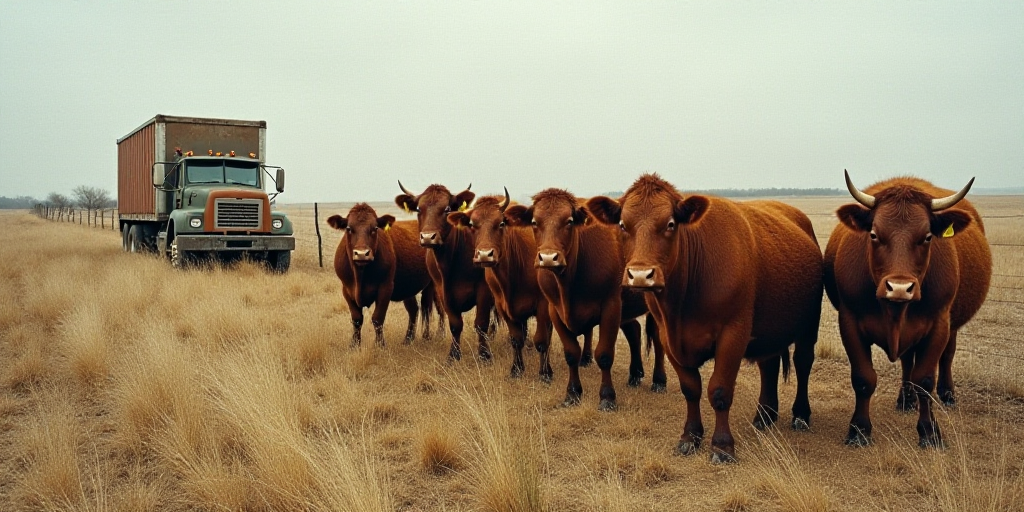Severe Conditions in Northern States
According to Mexico’s National Water Commission (CONAGUA), seven federal entities—Baja California, Baja California Sur, Chihuahua, Sinaloa, and Sonora—have 100% of their municipalities experiencing drought as of May 15, 2025. Durango reports 94.9%, and Querétaro, 94.4%. These northern states have maintained this severe condition since closing 2024 with all municipalities in drought, and four months and a half later, they report the same indicator.
Additional States with Moderate Drought
Five other states have between 50% to 80% of their municipalities affected by drought: Guanajuato (76.1%), San Luis Potosí (72.4%), Coahuila (71.1%), Tabasco (64.7%), and Zacatecas (58.6%). Fifteen states have less than 50% of their municipalities with drought: Jalisco (40.8%), Morelos (36.1%), Nayarit (35%), Aguascalientes (27.3%), Hidalgo (26.2%), Veracruz (16.5%), Guerrero (12.3%), Nuevo León (11.8%), Estado de México (10.4%), Colima (10%), Puebla (5.5%), Oaxaca (5.4%), Tamaulipas (4.7%), and Michoacán (3.5%) with Chiapas at 1.6%.
Increasing Drought-Affected Municipalities
The number of drought-affected municipalities increased by 29.2% in one month, rising from 452 to 584 between April 15 and May 15, 2025. Out of the 2,471 municipalities in Mexico, 23.6% (584) are experiencing some degree of drought as of May 15. This percentage represents a growth of 5.3 percentage points since April 15, when 18.3% were affected.
Compared to the previous year, there has been a significant reduction, as on May 15, 2024, 85.2% of Mexico’s municipalities were experiencing drought.
As of the first fifteen days of May in the current year, 20.6% (508) of the municipios are abnormally dry, while 55.8% (1,379) are not affected. Among the 584 municipios with some degree of drought, 362 have moderate drought, 25 have severe drought, 76 have extreme drought, and 121 have exceptional drought.
Types of Drought
Moderate drought results in some crop and forage damage, increasing the risk of fires and low water levels in rivers, streams, reservoirs, troughs, and wells. CONAGUA suggests voluntary water usage restrictions during such conditions.
Severe drought is marked by probable crop or forage losses and a high risk of fires, along with common water scarcity. Extreme drought leads to significant crop and forage losses, an extreme risk of forest fires, and widespread water usage restrictions due to scarcity.
Exceptional drought is characterized by exceptional and widespread crop or forage losses, an extreme risk of forest fires, total water scarcity in reservoirs, streams, and wells, and a probable emergency situation due to the absence of water.
Key Questions and Answers
- What is the current drought situation in Mexico? Seven federal entities have more than 90% of their municipalities affected by drought, with Baja California, Baja California Sur, Chihuahua, Sinaloa, and Sonora reporting 100%.
- Which states have moderate drought conditions? Guanajuato (76.1%), San Luis Potosí (72.4%), Coahuila (71.1%), Tabasco (64.7%), and Zacatecas (58.6%) have moderate drought conditions.
- How has the drought situation changed recently? The number of drought-affected municipalities increased by 29.2% in one month, rising from 452 to 584 between April 15 and May 15, 2025.
- What are the different types of drought and their impacts?
- Moderate drought: Some crop and forage damage, increased fire risk, low water levels.
- Severe drought: Crop or forage losses, high fire risk, common water scarcity.
- Extreme drought: Significant crop and forage losses, extreme fire risk, widespread water scarcity.
- Exceptional drought: Exceptional and widespread crop or forage losses, extreme fire risk, total water scarcity in reservoirs, streams, and wells, and a probable emergency situation.






